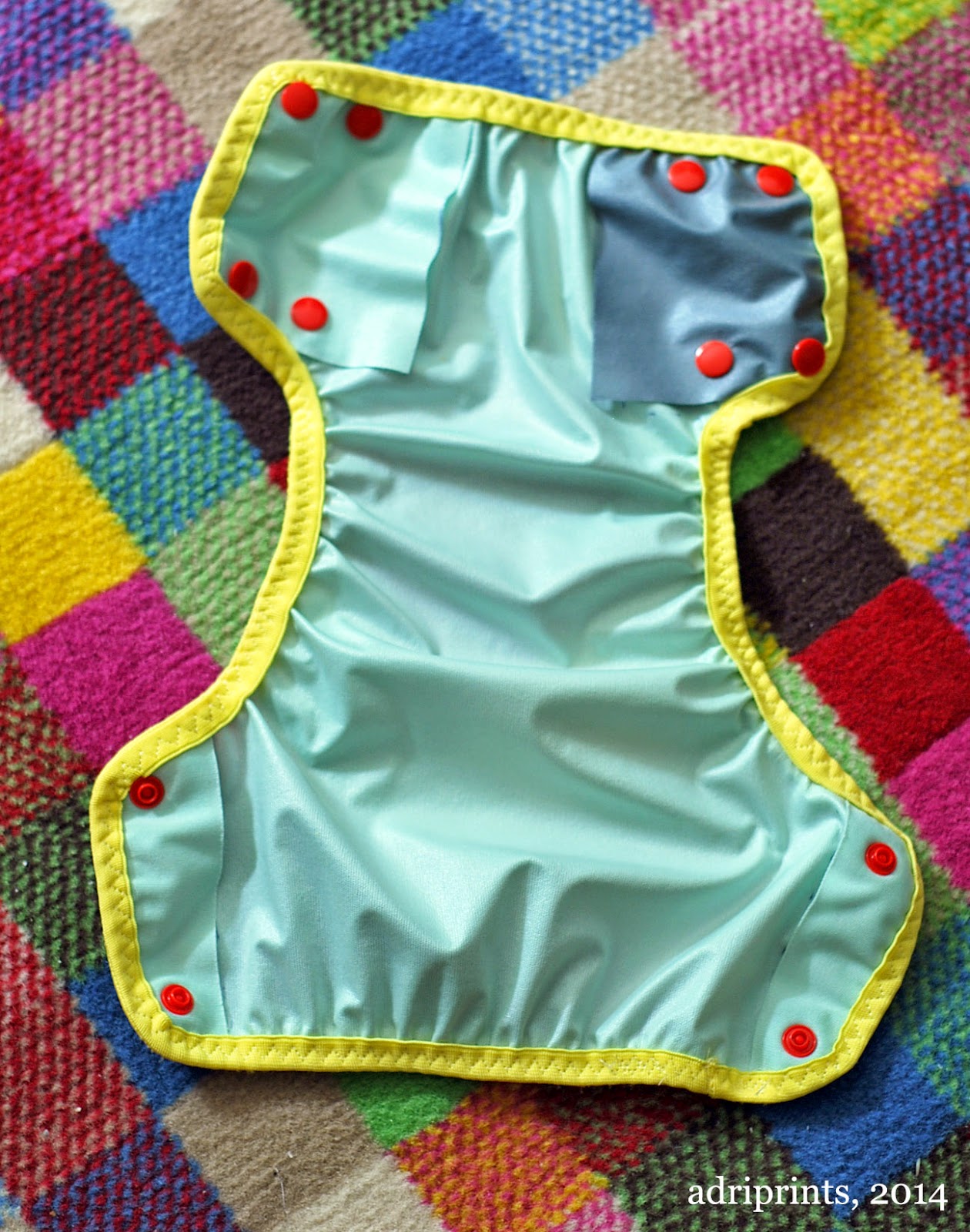I'm glad I decided to cut it up... I used up every bit of that tee, and finished off the rest of that thick red jersey fabric. I didn't have enough for the inner panel, so I used a bit of this lovely stripe jersey I bought from a fabric store closing sale. Glad I bought 2.5 m of it! It's so soft!
Do I look maybe a bit tired in these pics? That would be because I am. Hee hee. Somehow, the LD (little dude) started teething at 12 weeks and I've been coping with all that entails. He's generally the sweetest little sweety, but when he's teething he turns into a puddle of moaning sadness. It's heartbreaking and so I can't help but comfort him... at 2am... at 3am... at 3:30am.. etc...
So yeah, a bit tired, but it's getting better, and LD is learning to cope better. I also have many more tricks up my sleeve now that it's been a few weeks!
---
Anyway, about the project:
Pattern: Ottobre 2009, #6 "Loving" Nursing Top
Fabric: recycled red jersey from maternity/nursing tee made in May 2014
Modifications: shortened the sleeves 1", but I think I just need a smaller size on top
Recommendations: instructions for the innermost panel say to turn over the nursing edges and stitch, but I think this reduces the stretch of the fabric. I'd overlock this edge instead. I turned over the bottom edges and used a rolled hem foot... this is not a good application for it. The jersey loves to roll, and it made for a curly half-lettuce bottom hem.
The pattern is a very straightforward 7 piece pattern (you cut the binding, elastic, etc. based on given measurements). I made an EU size 40 using my full bust measurement. Next time, I'll cut a 38 top, maybe even a 36 for the shoulders and sleeves, and keep the bottom 40. It's easy to adjust since there's a separate waist section. On me, though, this is more of a nursing tunic dress. I'll be making some adjustments, but I like the dress aspect of it.
The trickiest part of this pattern was the clear elastic! My machine loves it to the point of squishing it all together and creating these teensy, tight gathers which I did not need for this particular pattern. In the end, I found the solution to be paper! Once I put the thin pattern paper between the foot and the elastic, everything went swimmingly... okay, not quite - that binding went a bit wonky, but I can live with it.
This went so quickly after figuring out the best way to sew with clear elastic!
Overall, I'm happy with it - it's wearable, but the shoulders/neck are wide for me... it's tough to choose a size with such a variable bust measurement, but the jersey should be forgiving enough to allow me to make a smaller size top. I will definitely make another!






















